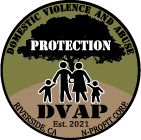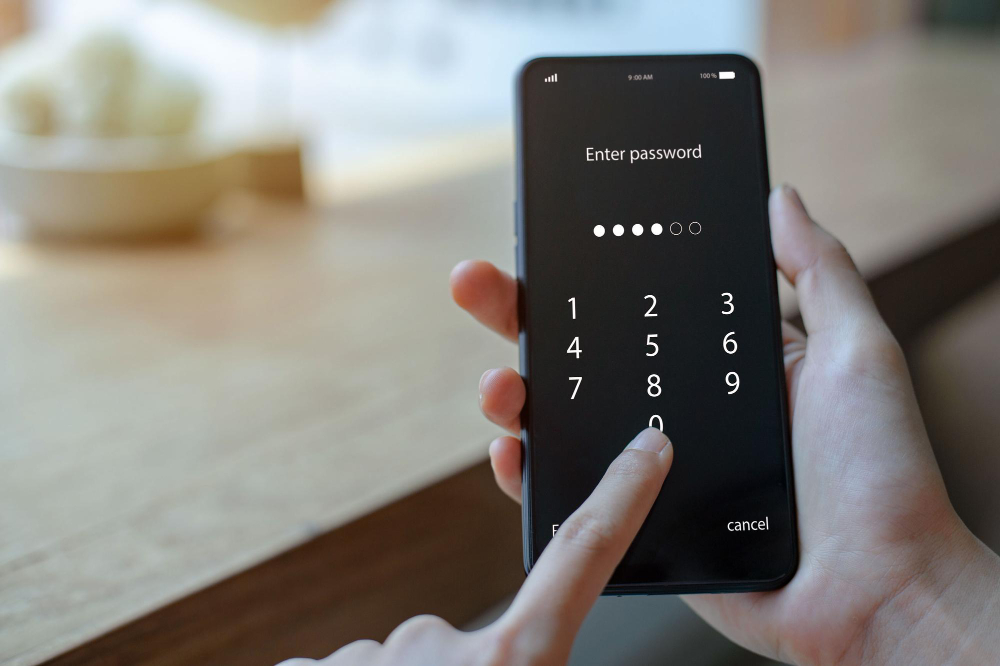If you’re planning to leave an abusive relationship, your online privacy is critical to protect your safety. Abusers often use technological means to surveil, manipulate, and maintain control over their victims. From monitoring your devices to tracking your movements online, any breach of digital privacy can put you in a vulnerable position. However, with the right precautions and resources, you can take steps to protect yourself while planning your next move.
This guide provides actionable tips and strategies to safeguard your digital presence, ensuring your planning remains private. From securing your devices to browsing safely, we’re here to help you stay safe.
Why Digital Safety Matters for Survivors
Technology has become a double-edged sword for victims of abuse. While digital tools can help survivors connect with support and resources, they also open up avenues for abusers to spy, track, and manipulate.
Some common ways abusers exploit technology include:
- Installing spyware or tracking apps on devices
- Guessing weak passwords to access accounts
- Monitoring social media activities
- Using location tracking on shared accounts or devices
Understanding these risks underscores the importance of maintaining digital safety while working on your exit plan.
Step 1: Secure Your Devices
Your devices are often the first point of contact for a digital breach. Take the following measures to ensure they’re secure:
Change Your Passwords
Use strong and unique passwords for all your devices and accounts. Avoid using easily guessed information like names, birthdays, or common phrases. Consider using a password manager to generate and store secure passwords safely.
Enable Two-Factor Authentication (2FA)
Add an extra layer of security to your accounts by enabling 2FA wherever possible. This requires you to verify your identity through a secondary method, like a code sent to your phone or email, reducing the likelihood of unauthorized access.
Check for Spyware and Tracking Apps
Abusers may install spyware or hidden tracking apps on your phone or computer. Look for unfamiliar apps or programs and uninstall them. If you’re unsure, consult a trusted professional or a domestic violence advocate for assistance.
Update Software Regularly
Keep your devices up to date with the latest software updates and security patches. Outdated systems are more vulnerable to breaches.
Step 2: Communicate Safely
If you’re reaching out for help, take extra precautions to ensure your communication is private.
Use Secure Messaging Apps
Opt for encrypted messaging apps like Signal or Telegram for private conversations. Encryption ensures that only you and the recipient can read the messages.
Create a Secondary Email Account
Set up a new email account specifically for your exit planning and communications. Make sure this account is not linked to any devices or accounts shared with your abuser.
Avoid Shared Devices
Whenever possible, use a device that your abuser does not have access to, such as a friend’s smartphone or a library computer.
Be Mindful of Phone Tracking
Even if you’ve secured your phone, some abusers use shared accounts or family plans to track locations through apps like “Find My iPhone.” Consider turning off location tracking or using a burner phone for sensitive communications.
Step 3: Browse Privately
Abusers may monitor your browsing history to uncover your plans. Use these tips to maintain anonymity while searching for resources online:
Use Incognito Mode
Most browsers have a private or incognito mode that prevents your browsing history from being saved. While this doesn’t make you fully anonymous, it helps minimize traceable activity.
Rely on Secure Browsers
Use privacy-focused browsers like Tor or Brave. These platforms prioritize user privacy and reduce your digital footprint.
Clear Browsing History
Make it a habit to clear your browsing history and cache after every session. This can prevent someone with physical access to your devices from viewing your activity.
Avoid Logging into Shared Accounts
Search for information without logging into shared Google or internet accounts that your abuser could access.
Step 4: Protect Your Social Media Presence
Social media can inadvertently expose your plans if not managed carefully. Here’s how to keep your profiles private:
Update Privacy Settings
Limit what others can see on your social media profiles by updating privacy settings. For example, you can restrict who can see your posts, photos, or profile information.
Be Cautious with Posting
Reconsider posting updates or photos in real-time, especially ones that reveal your location or new connections. Wait until you’re in a safe space before sharing significant updates.
Block and Report Harassment
If your abuser uses social media to harass or intimidate you, block their account and report the behavior to the platform.
Avoid Tagging or Being Tagged
Ask friends and family to avoid tagging you in posts or photos that could reveal your whereabouts.
Step 5: Build Trusted Support Channels
Relying on trusted people and organizations is essential to your safety. Make sure these connections are discreet and reliable:
- Domestic Violence Hotlines: Use crisis hotlines like the National Domestic Violence Hotline (1-800-799-7233) to seek advice without leaving a digital trace.
- Supportive Friends and Family: Share your plans only with those who are trustworthy and unlikely to accidentally inform your abuser.
- Advocacy Organizations: Reach out to local domestic violence shelters or advocacy groups for professional guidance and safe spaces.
Step 6: Have a Backup Plan
Despite taking precautions, you may face challenges that compromise your digital safety. Prepare a backup plan, including access to offline resources, cash, and essential documents. Pre-plan safe locations to stay and ensure that people you trust are aware of your escape strategy.
Staying Safe Beyond the Digital Sphere
Digital safety is a vital part of planning your exit, but it’s only one piece of the puzzle. Remember to take physical precautions, safeguard your personal belongings, and trust advocates who can help you create a comprehensive plan.
Disclaimer: This blog post provides general information about domestic abuse. It does not provide legal advice. Victims should consult with a legal professional for advice related to their specific situation.
Are You Experiencing Domestic Violence or Abuse? DVAP Is Here To Help
Domestic Violence and Abuse Protection, Inc. is a non-profit organization committed to protecting the victims of domestic abuse. When restraining orders are not enough, we are there to provide the determined protection you deserve. We are located at 3900 Orange St. Riverside, CA. Call us at (951)-275 8301 (24 hours). Alternatively, you can email us at admin@dvapriverside.org






